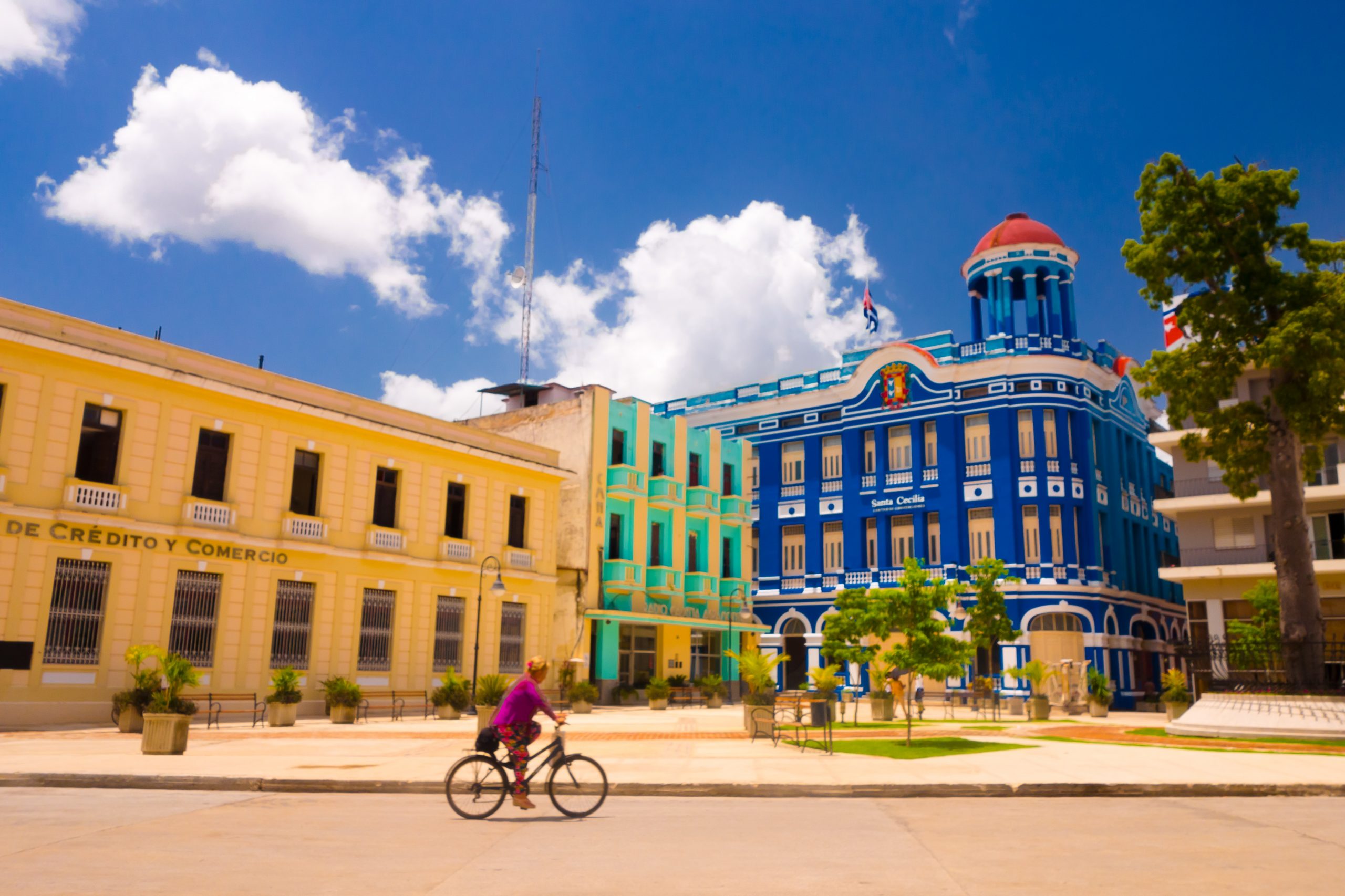Brief history
Founded in 1514 on the northern coast, yet only found its current location 13 years after. That is when it was moved to the Aboriginal village Camaguey. Despite the popular belief that the place was moved due to relentless pirate attacks. It actually has a lot more to do with the local businessmen (mainly cattle ranches) wanting to run their business tax free.
The town was also known for smugglers and contraband sales which has given nice profits to the town. This could have been the reason that Henry Morgan a privateer, plantation owner and later the Lieutenants Governor of Jamaica decided to raid Camaguey. The treasure was less than hoped for, which is why it was severely burnt by Henry Morgan. It is said that today’s warren like street layout was deliberately created to disorient unwanted visitors after this raid.
Yet it didn’t stop it from getting severely burnt bu Henry Morgan. It is said that who may want to attack the town again.
It is Cuba’s third-largest city and is easily the most sophisticated. It is full of magnificent bell towers and elegant old buildings that were once the core of the village Santa María del Puerto del Principe. Camagüey’s well-preserved historical center is Cuba’s ninth UNESCO World Heritage Site, declared Cultural Heritage of Humanity, in 2008.
Camagüey’s pastel colonials and warren-like streets are inspiring. Get lost for a day or two exploring hidden plazas, baroque churches, riveting galleries and congenial bars and restaurants.

The art culture
The art and culture shine bright here. It is home to famous poets, artists, and musicians, as well as several highly regarded art and dance schools. It is also the home to the National Ballet of Camaguey, the second most important ballet company in Cuba, you can watch their performance if you come at the right time – cuba travel.
Camagüey has a healthy and vibrant nightlife. There is a scattering of rum bars dotted around the winding streets, as well as cinemas, cafes, theatres, clubs, jazz bars, cabaret shows and more. If you’re here in June, there is a week-long carnival festival that takes place with over the top parades, dancing and street partying.

In contrast, it is also the bastion of the Catholic Church, with no less than 15 churches.
Whilst the city itself holds many historical wonders, your will find the way here just az amazing. You will find vast plains and lushus green palm trees through the countryside. The city is surrounded by low mountains, Sierra de Cubitas, to the North, with deep canyons and a great amount of archeologically relevant caves; and Sierra de Najasa, to the South, features fossil wood remnants, a dazzling natural marvel.
And the natural wonders continue, with the northern shore of Camagüey being a transit and nesting place for numerous species of migratory birds and the greatest pink flamingo natural reserve in the Western Hemisphere. To the South, the Jardines de la Reina keys are exotic and have wild natural scenery, with abundant coral reef biodiversity and sandy beaches.
Among all these wonders, the best thing visitors find on their journey is the people from Camagüey: gentle, proud, educated and attached to their land and traditions. Getting to know Camagüey and its people is a unique experience worth trying.
Our company is ranked among the best tour operators on Travelstride, where you can find our best Cuba tours!


